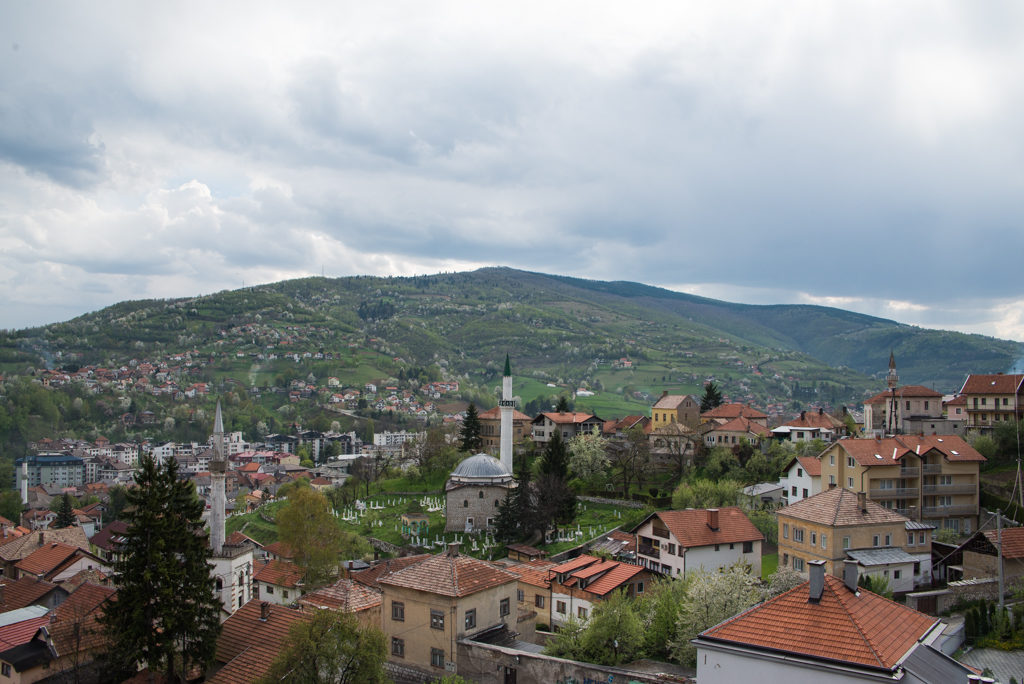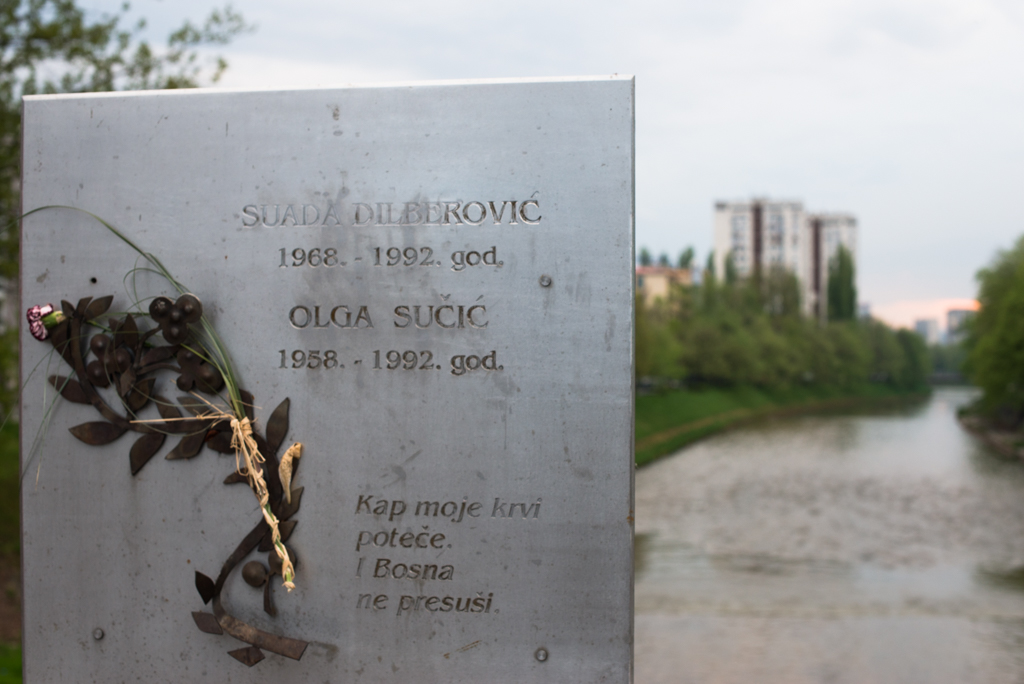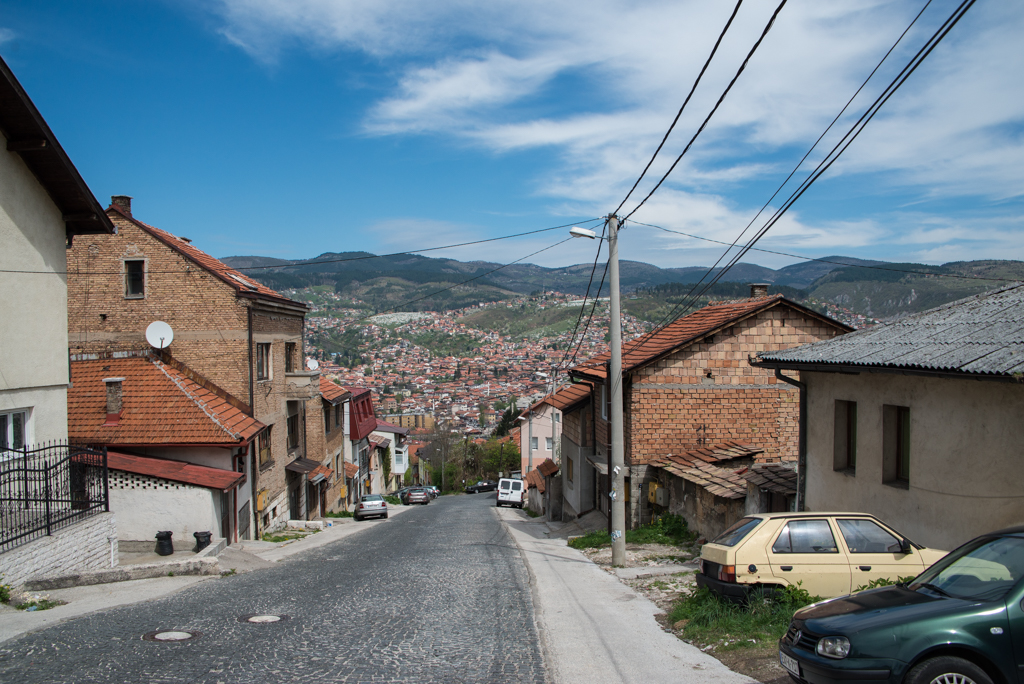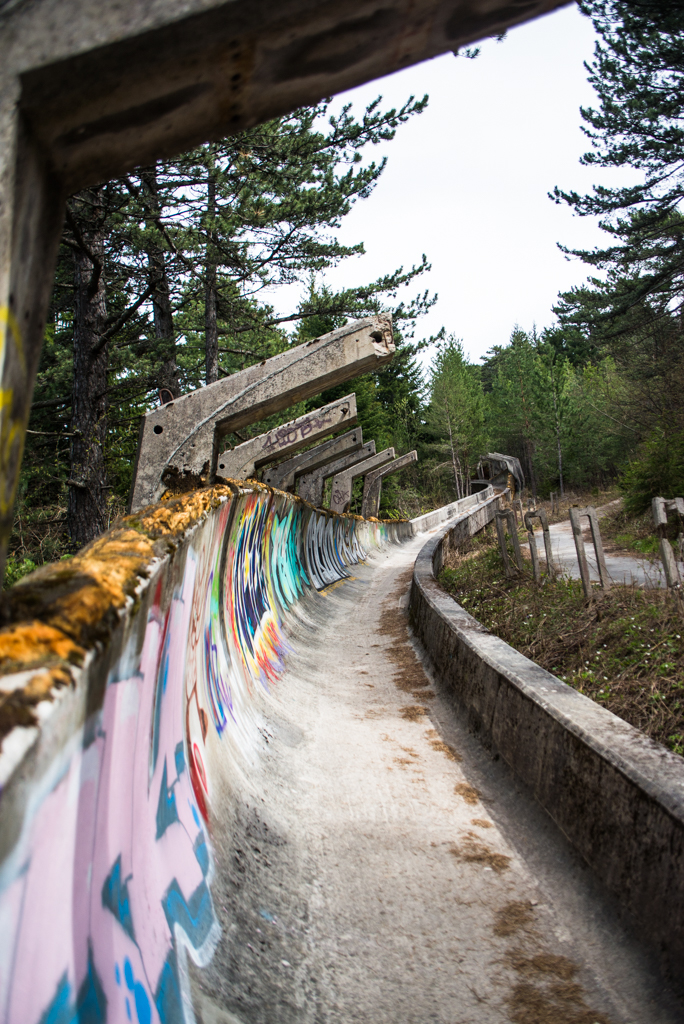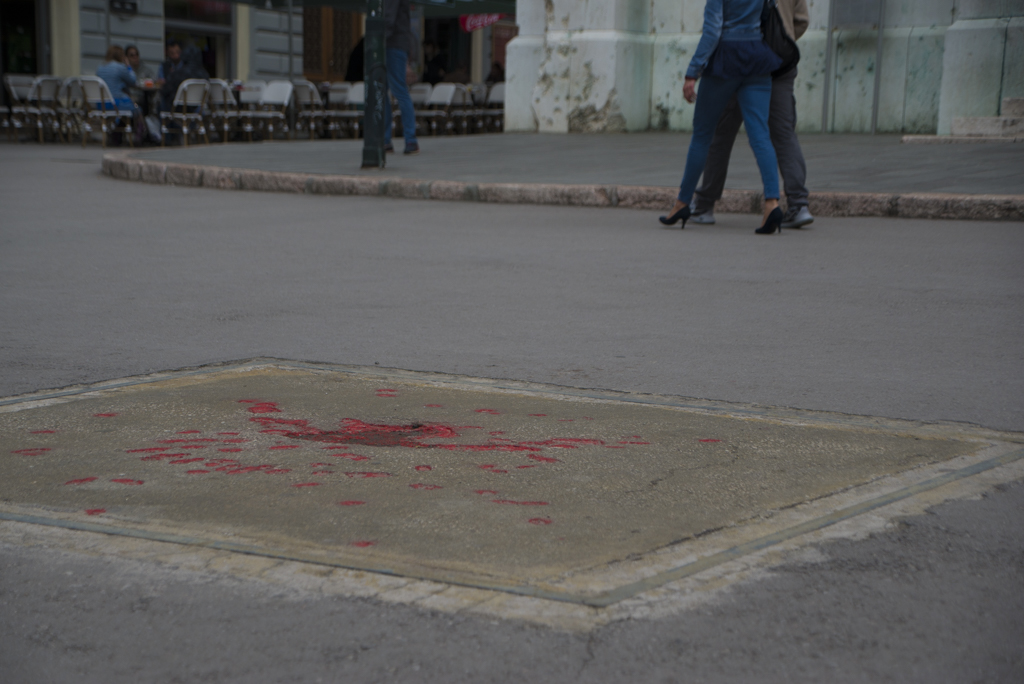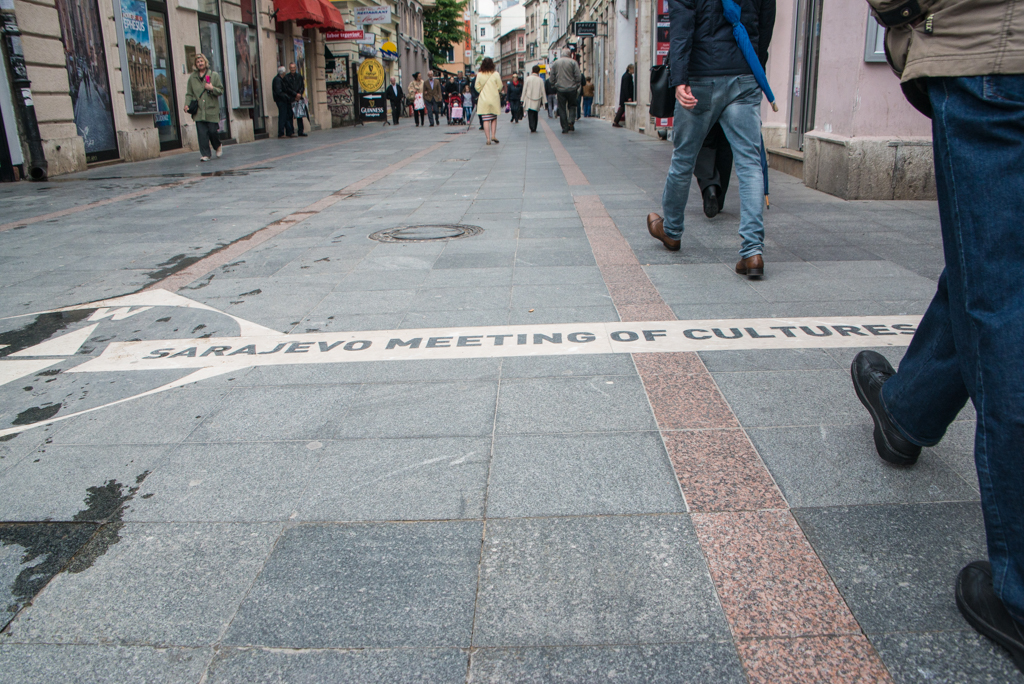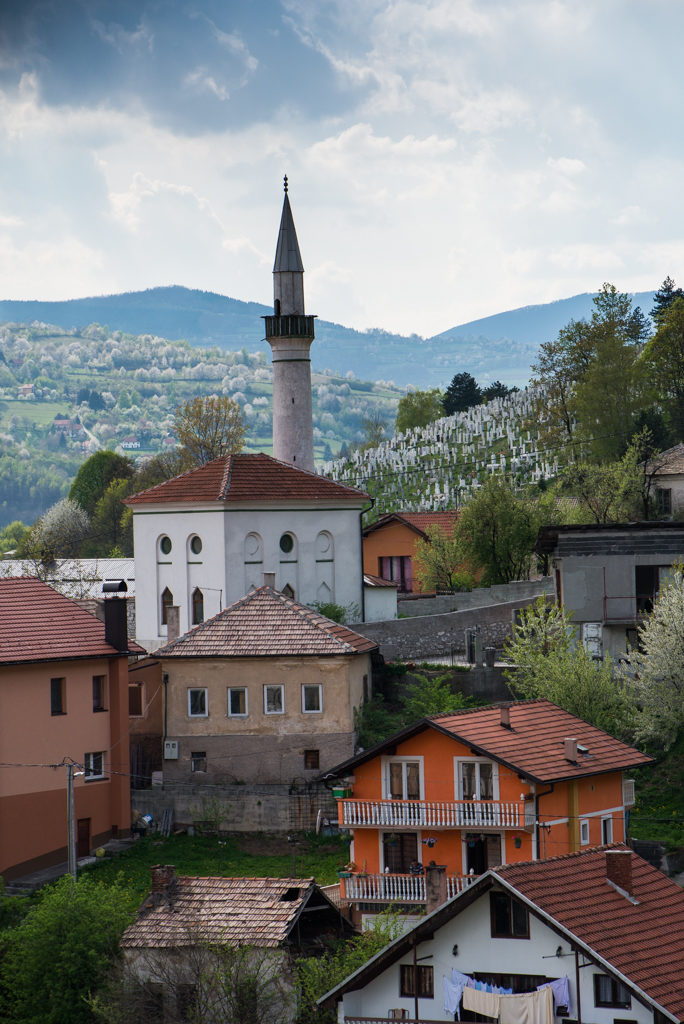
Today, Travnik is just a little town in central Bosnia. Once, it was a capital city. Once, it was hometown to Ivo Andric, the novelist awarded the Nobel Prize of Literature in 1961, who set his most important novels there.
“Between the fear that something would happen and the hope that still it wouldn’t, there is much more space than one thinks. On that narrow, hard, bare and dark space a lot of us spend their lives.”
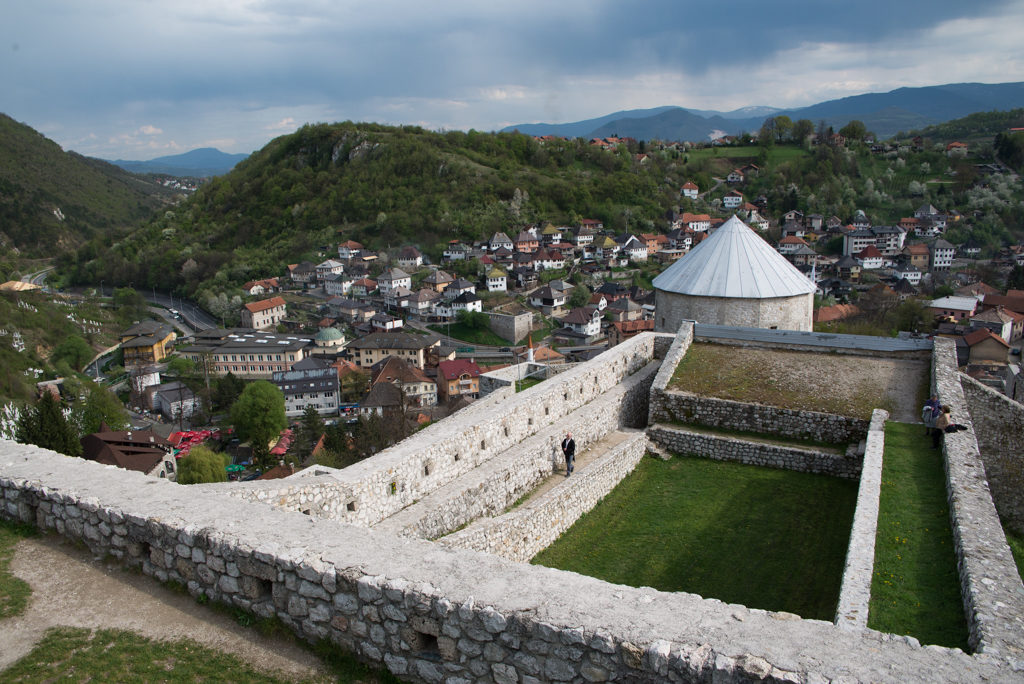
For 400 years, Travnik was the capital city of the Ottoman province of Bosnia. The Grand Vizier, the governer, lived in a fortress overlooking the city, then a lively, multicultural trade hub: different ethnicities and religions lived peacefully under Ottoman rule.
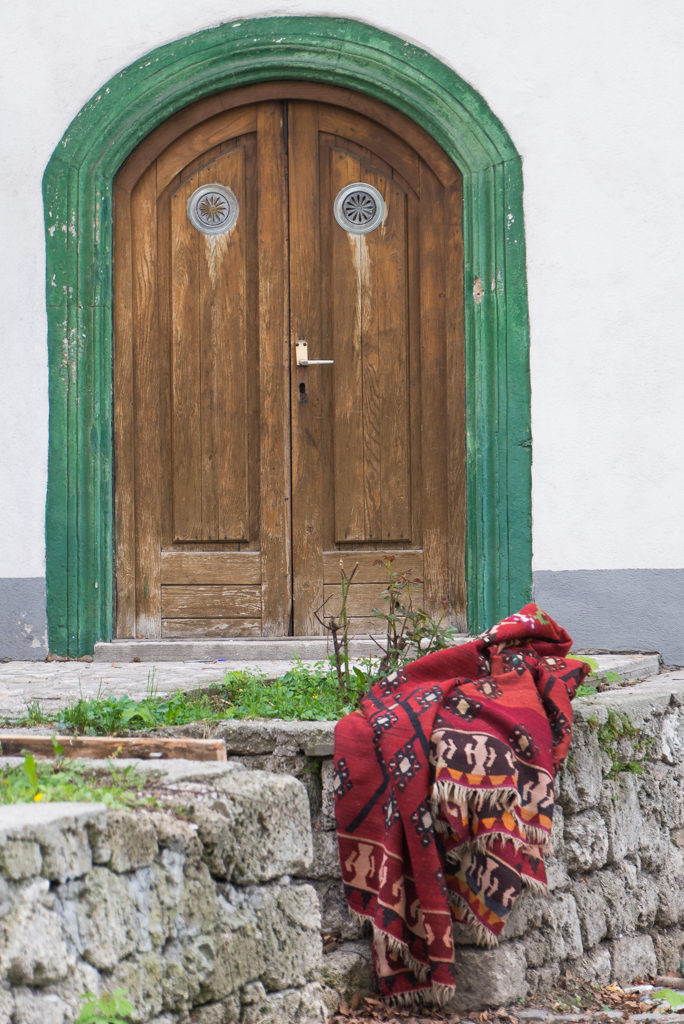
In 1878, fourteen years before Andric was born, in 1892, Bosnia became part of the Austro-Hungarian Empire and Travnik lost its standing as capital city.
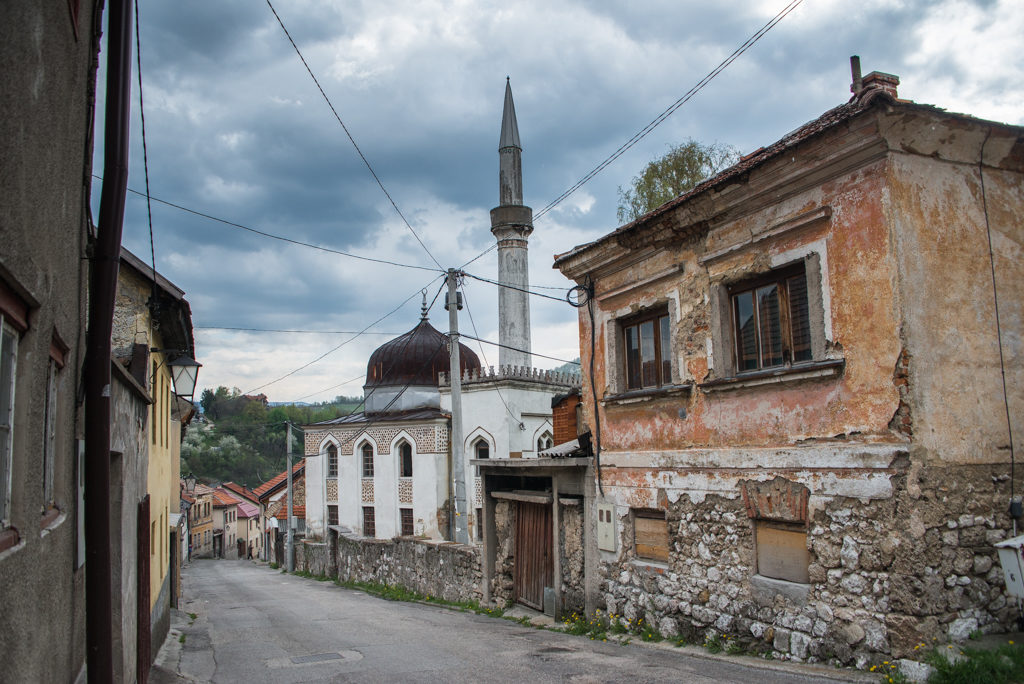
Since then, Travnik, like the rest of Bosnia, has lived through a more than turbulent succession of varying regimes and violent conflicts. Ethnic wars seemed to be at the core of each chapter of its blood soaked history – yet it was not an innate adversity against each other that led to some of the most horrible genocides and war crimes in recent history. Ethnicities and religious groups were played against each other, became pawns, fall guys, for the strategic war fares of the great powers. An entanglement that started with the Habsburgian take-over of 1878 and saw its tragic climax during the Balkan Wars of the 1990ies – hopefully the last chapter in this brutal story. The scars are still visible in Travnik, and the rest of the country. But there has been, and still is, hope of reconciliation, of lasting peace.
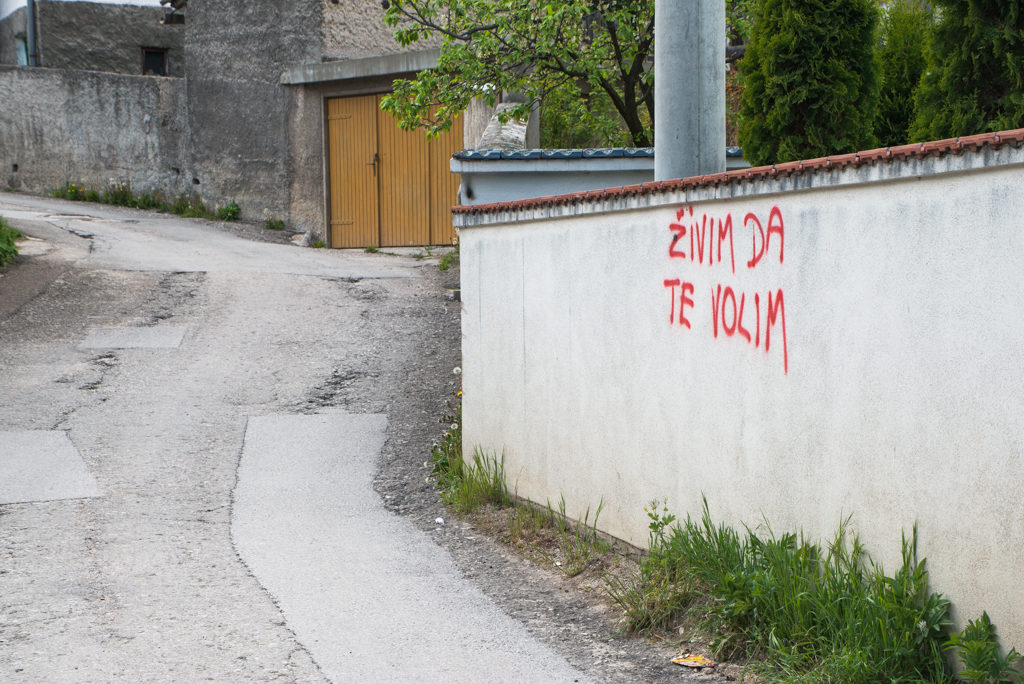
Nowadays yet, in times of rising nationalism and war mongers, Ivo Andric is claimed as a representative of Croation, Serbian, and Bosnian literature. However, exactly because he was born in Travnik, he belongs to all three equally. His most famous book is called the Bridge over the Drina. Building bridges is key.
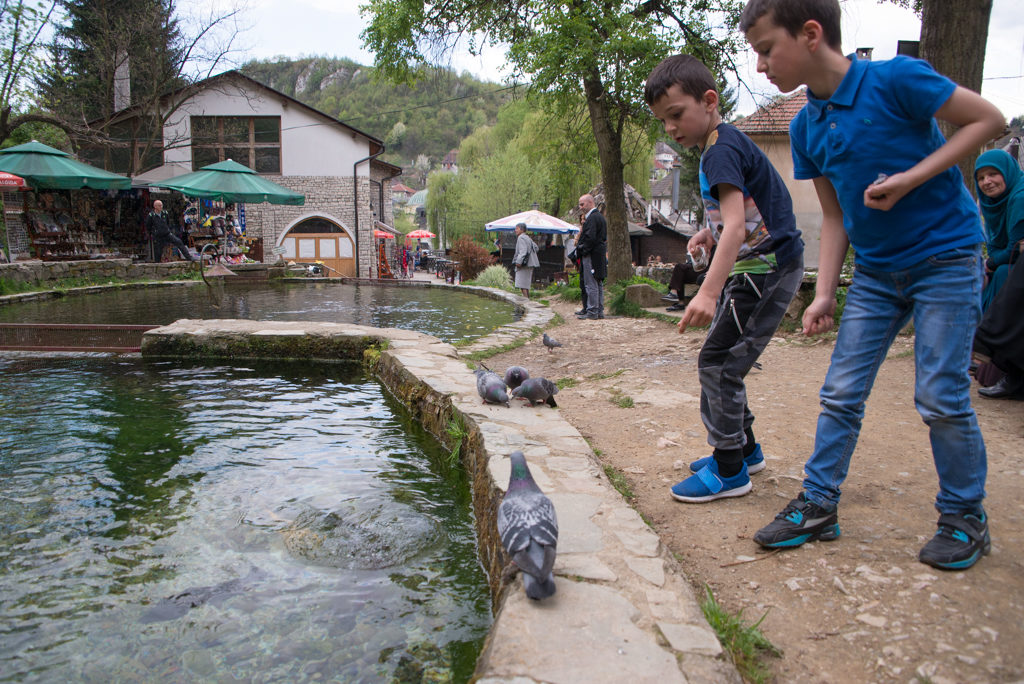
From everything that man erects and builds in his urge for living nothing is in my eyes better and more valuable than bridges. They are more important than houses, more sacred than shrines. Belonging to everyone and being equal to everyone, useful, always built with a sense, on the spot where most human needs are crossing, they are more durable than other buildings and they do not serve for anything secret or bad.
